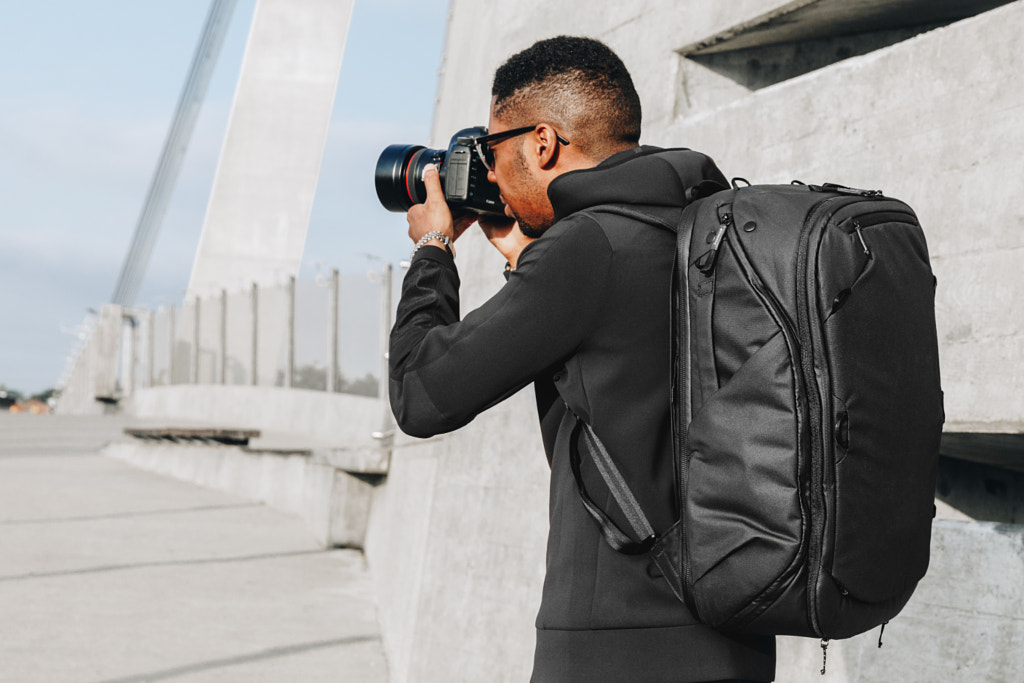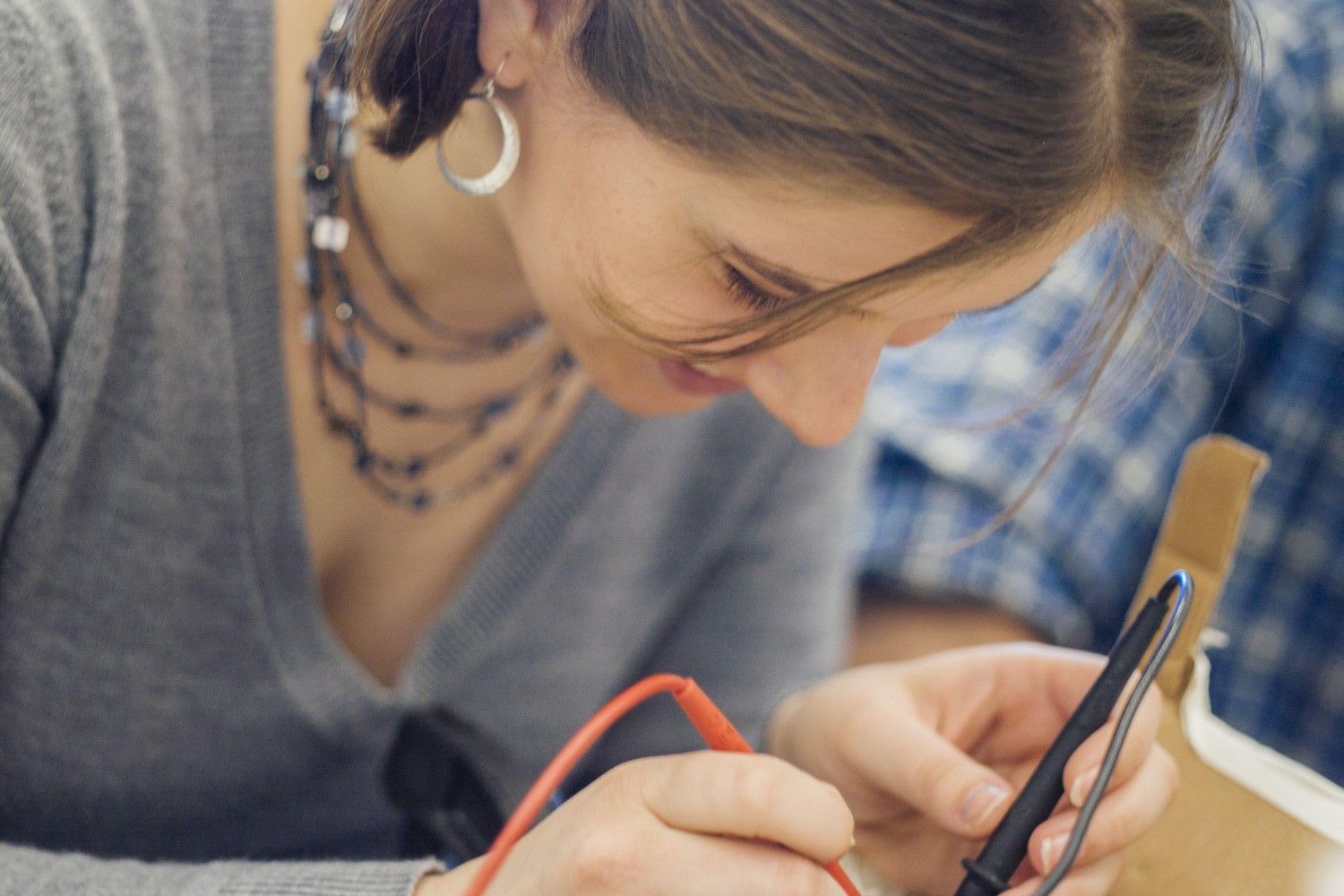According to a recent study from Upwork, 36% of the US workforce has performed freelance work in the last six months, with 58% of non-freelancers considering freelancing in the future and 75% of those who quit their full-time job in order to freelance saying they earn the same or more than they did when they had a traditional employer.
The last year has changed the way we work, and freelancing is on the rise. For many photographers, freelancing offers the best of both worlds; you work as your own boss, on your own time, while accepting jobs that interest you. Plus, with more magazines and brands opting for freelancers rather than old-fashioned staff photographers, it’s also a practical choice for many photographers.
At the same time, freelance photography requires quite a bit of business savvy and flexibility; it’s up to you to connect with clients, build your brand, generate income, and handle your expenses, without the help of a traditional employer. In short, you’re not just a photographer; you’re also an entrepreneur, and that comes with a steep learning curve. Here are our tips for getting started.
Invest wisely in gear
A common mistake among emerging photographers is spending too much too quickly. A freelance business is a business, so it’s important to save. You don’t need the latest and greatest gear; you just need some reliable, durable, and professional equipment that’ll last a long time.
It’s worth investing in a great camera system and a few stellar lenses right off the bat so you don’t have to constantly upgrade and replace your gear. You’ll save in the long run by choosing quality gear. Do your research on brands and models, and remember to check out used options and rentals as well; you can start with our article on some of the best camera stores around the world for ideas.
Find your niche
Building a brand is easier said than done, but it’s important to understand who you are as an artist and what you bring to the table. As you shoot, learn, and grow, you’ll develop a personal style and home in on a subject matter that’s special to you, whether it’s newborn photography or travel photography.
You don’t have to photograph everything, so find an area where you excel and focus your energy there. Study your local competition, and get a feel for your chosen niche; stay up-to-date on trends and refine your focus to suit the market. If you can offer something no one else in your area does, even better—you’ve given yourself an edge.
Showcase your portfolio
In today’s world, a solid online presence can form the foundation of a freelance photography career, so shoot often and share your work. Post your personal projects on 500px, and seek feedback from other photographers on the platform. When posting online, whether it’s to your website or social media, approach your work with an objective eye. It’s not about quantity but quality.
It might be worth signing up to a freelance platform as well; there are general freelance sites like Upwork and PeoplePerHour as well as others tailored specifically to creatives, such as ilovecreatives and The Dots.
Reach out to clients
After building an online presence, it’s time to find and connect with potential clients. You can do this by calling around and reaching out to businesses in your area, or you can send a printed mailer to an editor at a publication you love. Most of the time, you’ll have to be proactive and start these conversations, rather than waiting for clients to come to you.
In the beginning, it can help to start small with local vendors and brands. You don’t necessarily have to reach out to tons of people; it’s more a matter of finding the right people, so tailor your approach to the client. Depending on your niche, you might also start with friends and family, who can hire you for weddings, headshots, and more. You can also volunteer your time at a local charity while you’re building up your portfolio.
It’s good practice to offer something of value whenever you contact a potential client. Instead of simply asking for a job or inquiring about whether or not they’re hiring, pitch them an idea and explain why you think it would be perfect for their business. When a potential client does get in touch, follow up right away! Responsiveness and punctuality go a long way. A polite and gentle follow-up email also never hurts.
Get creative with marketing
As a freelance photographer, you’ll work double-duty as your own publicist, so set aside some time each week for marketing tasks. In addition to promoting your work online and reaching out to clients directly, consider hosting a giveaway or contest for your clients. Maybe they refer a friend for the chance to win a free photoshoot or print, or you offer a discount code if they share your work. Try different things and see what works for you and your audience.
Charge fairly
Pricing can be a sensitive subject, but a common mistake is underselling yourself. You’re providing a professional service, so charge appropriate rates. For example, $2,000 for a wedding might seem like a lot, but when you factor in all the time you spend traveling, shooting, editing, retouching, etc., it could be quite reasonable.
That’s not to say you have to charge a fortune, but you want to cover your expenses (equipment, travel, studio space, etc.) and make a profit. You can always start modestly and raise your prices as you grow your business. Consider your location and target clientele and factor those details into your prices; a freelance photographer in New York City, for instance, is likely to charge more than a comparable photographer in a small town.
If you’re unsure of what to charge, do some research. In some cases, like commercial or advertising jobs, you’ll charge a day rate and usage fee. You can use this Usage Calculator from the Association of Photographers as a starting point if you need a ballpark figure for a commissioned shoot. Make sure your clients know exactly what services you’re charging for and what’s included before they sign on; open communication is essential.
Make connections
Keeping in touch and building lasting relationships can form the cornerstone of any freelance business, so foster meaningful connections with editors, publishers, and agents you’d like to work with someday. There’s no harm in reaching out. Even if they aren’t interested in hiring you right away, you’ll have made a new contact.
Many photography websites and blogs accept project pitches, so that’s a good place to start. Photo contests can also offer tons of exposure and get your work in front of industry movers and shakers. 500px hosts regular Quests where you can submit and get recognized for your work.
Consider joining a local network of photographers who might be able to share referrals and tips, and show up to any industry events or happenings in your city, whether it’s a showing or a gallery opening. Look up photographers’ associations and organizations in your area, or reach out to a photographer you admire and see if they need an assistant on their next shoot.
Make real-world connections with other photographers and people who could potentially hire you in the future. Be respectful and professional towards everyone, from models to assistants. You never know who could offer you a job down the road.
Ask for feedback
Depending on your field of expertise, you might rely heavily on word of mouth, in which case client feedback is one of your best resources. Perhaps you send a survey to clients after the job is done to learn what you can do better, or you request testimonials from clients who love your work.
Start a side-hustle
In many ways, 2020 has been a rough year for freelancers, but it’s also given rise to an array of creative side-hustles. During lockdowns, we’ve seen photographers open online print shops, host virtual workshops, offer retouching services, and more. Licensing your images as commercial stock photography is another way to earn passive income. As a freelance photographer, it’s important to diversify your income. If bookings are slow, you’ll have something to fall back on.
Cross your t’s and dot your i’s
It’s not the fun part, but part of being a freelance photographer is protecting yourself. That can mean hiring a lawyer to help you with contracts or connecting with a CPA to help with your taxes. Get that equipment insured, and read your contracts carefully (for instance, you probably don’t want to sign away your copyright, except under very rare circumstances).
Know when to outsource
In the beginning, you’ll probably take care of everything for your business, from marketing to post-processing, but as you grow as a freelancer, you could start outsourcing some of those responsibilities to professional retouchers or marketers. If, for example, you’re spending so much time on these tasks that you could otherwise spend on taking on more jobs (and making more money), it might be worth the investment.
Set realistic goals
This industry can be tough, but one way to avoid disappointment is to set clear and attainable goals for yourself. You don’t have to quit your day job right away, and if you can find a day job in a related industry, like fine art or advertising, you might not want to leave anyway. Schedule some time every month or so to set new goals and reflect on old ones.
Your financial goals can be anything from the number of clients you want to book a week to the number of stock photos you want to upload. These goals can also be marketing-related; for instance, you can commit to posting on social media regularly or sending out a newsletter every week. Every time you meet a goal, you’ll build up the confidence you need to tackle the next one on your list.
Not on 500px yet? Sign up here to explore more impactful photography.

















Leave a reply